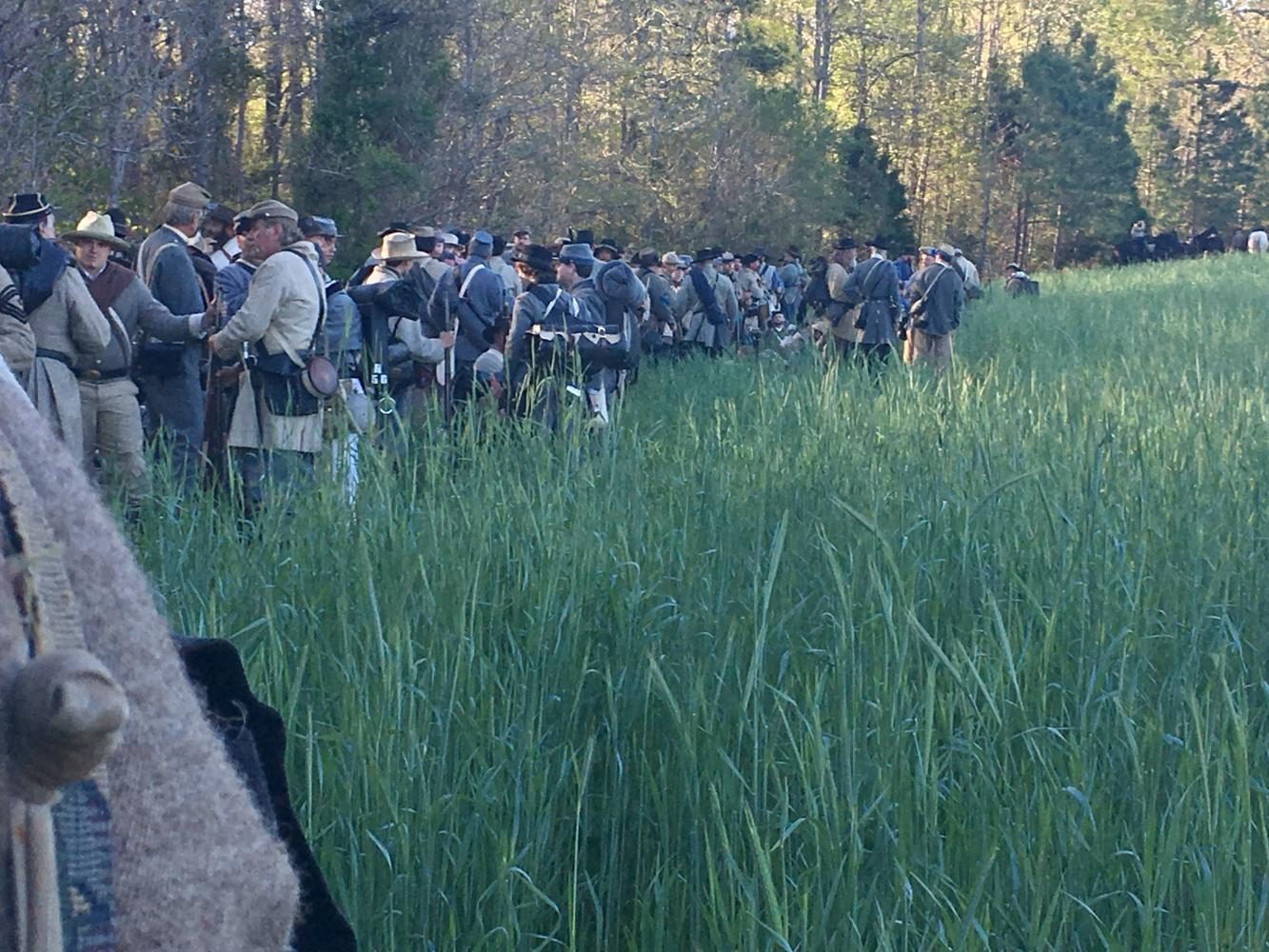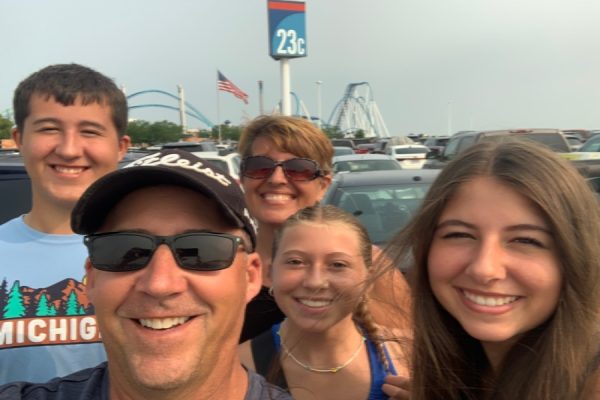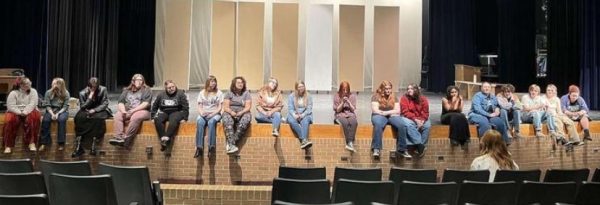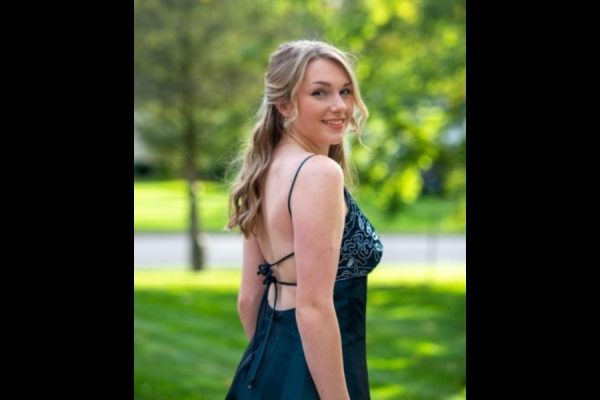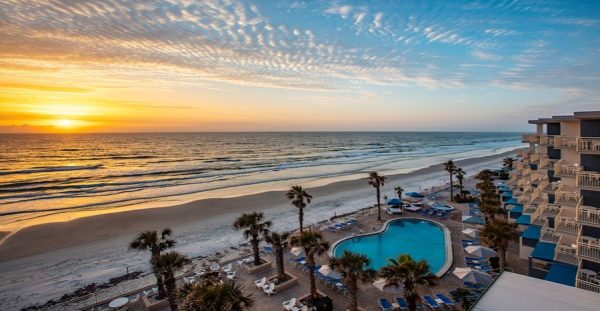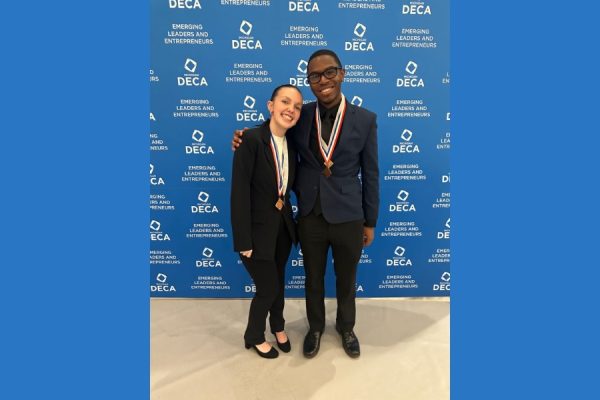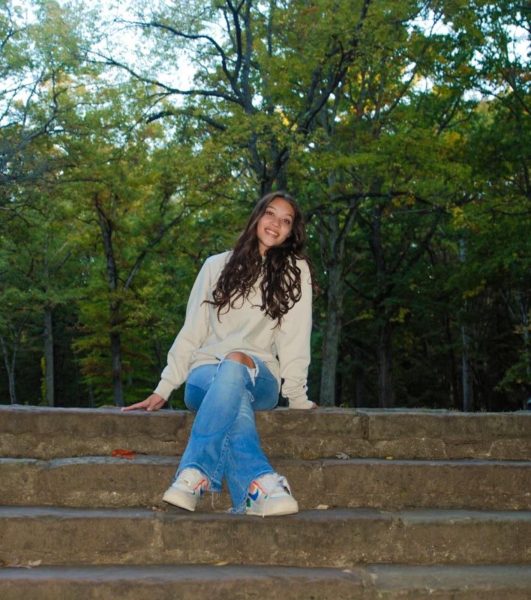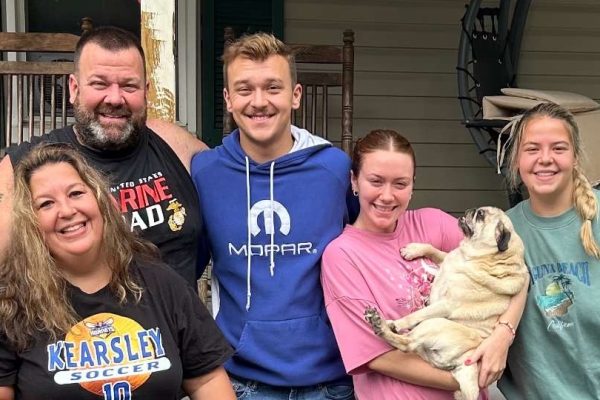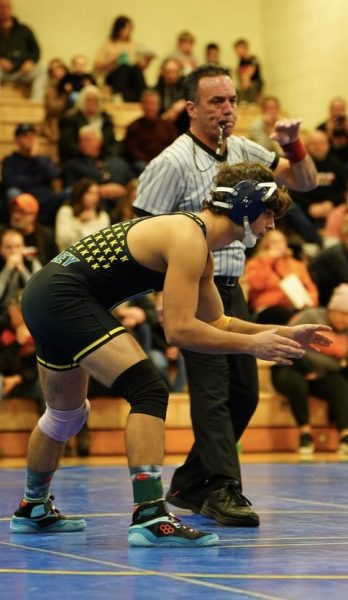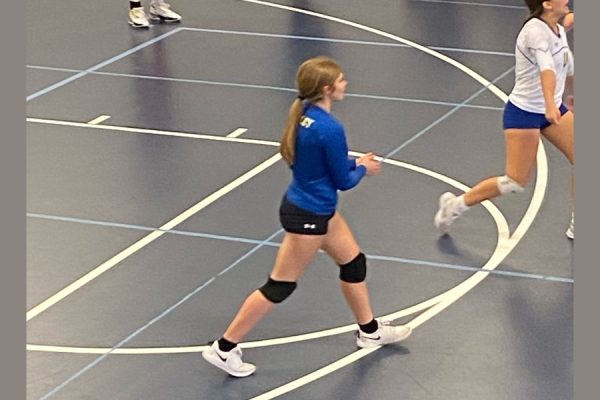The Battle of Shiloh fascinates people 155 years later
IMAGE / Andrew Flynn
The second battalion of the Confederate reenactors wait to go into battle Friday, April 7.
When seniors go away for spring break, most go somewhere warm and sunny, like Florida, or South Carolina.
For my spring break, I went to Tennessee to help recreate one of the bloodiest battles of the American Civil War: the Battle of Shiloh.
The Battle of Shiloh raged from April 6 to April 7, 1862. In that short span of time, over 23,700 soldiers were killed, including the highest ranking officer of either side to be killed during the war, Confederate Gen. Albert Sydney Johnston.
It became one of the bloodiest and most well-known battles of the Western Theater of the Civil War.
In honor of the 155th anniversary of the battle, a national re-enactment was held on the same grounds that Union and Confederate troops fought at.
I had nothing better to do during spring break, so I figured why not go?
I left with some friends out of Royal Oak around midnight on April 6. We arrived at the battlefield about 12 hours later, after a long and sleepless car ride filled with endless amounts of coffee and energy drinks, because who needs sleep anyway?
We arrived at the Shiloh battlefield around noon on April 6, 155 years to the day it all began. We got out of our car and walked around, familiarizing ourselves with the land.
Monuments to regiments and officers dotted the landscape. Original Civil War cannons marked the spot where artillery batteries were stationed during the battle.
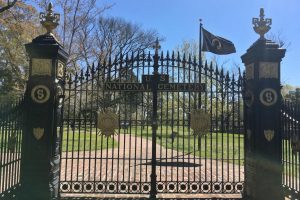
The Shiloh National Cemetary. The Union dead killed at Shiloh are buried here. Most of them are unidentified.
We stumbled upon an area of the battlefield known as the Hornets’ Nest, an area that saw some of the worst fighting to take place during the battle. Union troops were surrounded by Confederate troops that launched countless charges on their position.
The area gained its name because the sound of bullets and shells flying through the air during the battle was like a nest of angry hornets.
We made our way through the rest of the battlefield, admiring the landmarks and memorials. After touring the battlefield, we made our way to Confederate camp for the re-enactment.
Thousands of men and women were concentrated in the same area that Confederate forces camped in before the battle started, needing a spot to rest after marching 20 miles from Corinth, Miss.
The first night came and we built a small fire, cooking our meals over it. We unrolled our blankets and went to bed.
I drifted off to sleep near the fire, thinking about all that awaited us on Friday morning for the re-enactment.
And then my friend’s blankets caught on fire.
What a great start to the event.
Friday morning came, and with it came more people — enough to form entire brigades of Confederate infantry and cavalry.
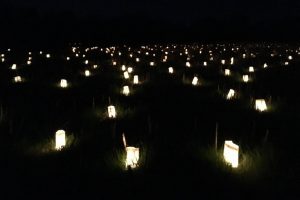
Candles — 23,700 of them — light up the Shiloh Battlefield. Each candle represents a soldier killed during the battle.
We marched to the Fallen Timbers battlefield on Friday afternoon, just a few miles south of Shiloh, and reenacted the final hours of the battle 155 years to the moment when Confederate troops pushed out Union troops as they retreated from Shiloh.
Afterward, we marched miles into the woods and set up camp near a stagnant pond. The woods were going to be our home for the night.
The temperature went down, dropping to around 40 degrees that night. Nobody got any sleep, and everyone stayed up all night huddling around the campfire. We played cards, drank coffee, and did whatever we could to stay warm and wait for reveille at 5:30 a.m.
After what seemed like an eternity of waiting, bugles sounded from all over camp. The time had arrived to form up for battle.’
The brigades marched through wet wheat fields toward the Union lines. The brigades halted in the fields, our trousers and shoes soaked with the wet morning dew. The morning sun was just beginning to rise above us. The treeline at the front of us came alive with musket fire. The re-enactment had begun.
The hours flew by, with everyone marching, running, and firing. Chaos overtook everything and everyone. It felt just like the real thing.
Later that evening, some of the reenactors decided to take a walk through the battlefield.
The National Park Service decided to commemorate the 155th anniversary of the battle that night by lighting up the battlefield with 23,746 candles. Each candle represented a Union or Confederate soldier killed during the battle.
My group made its way through the battlefield.

A headstone marking a burial trench with over 700 dead Confederate troops buried in it.
The candles seemed endless.
It was absolutely chilling.
We stopped by a Confederate burial trench, one of five known trenches on the battlefield. There are believed to be seven other trenches that were lost to time and forgotten. I stopped at the site. Over 700 dead soldiers rested below my feet. The Confederate flag flew from a flagpole above the trench.
I stopped for a few minutes to think about those poor soldiers, never identified and forgotten by their relatives. How 155 years ago at that very same moment, those men would have been dead and dying all around the battlefield.
It was a hauntingly beautiful moment that I shall never forget as long as I live.
The next morning, I left for Michigan and began the half-a-day drive.
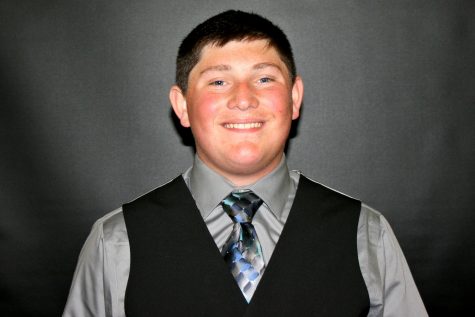
Senior
Birthday: April 8, 1999
Extracurricular activities: Robotics, quiz bowl
Hobbies: WWI, WWII, and Civil War reenacting; marching band
...

